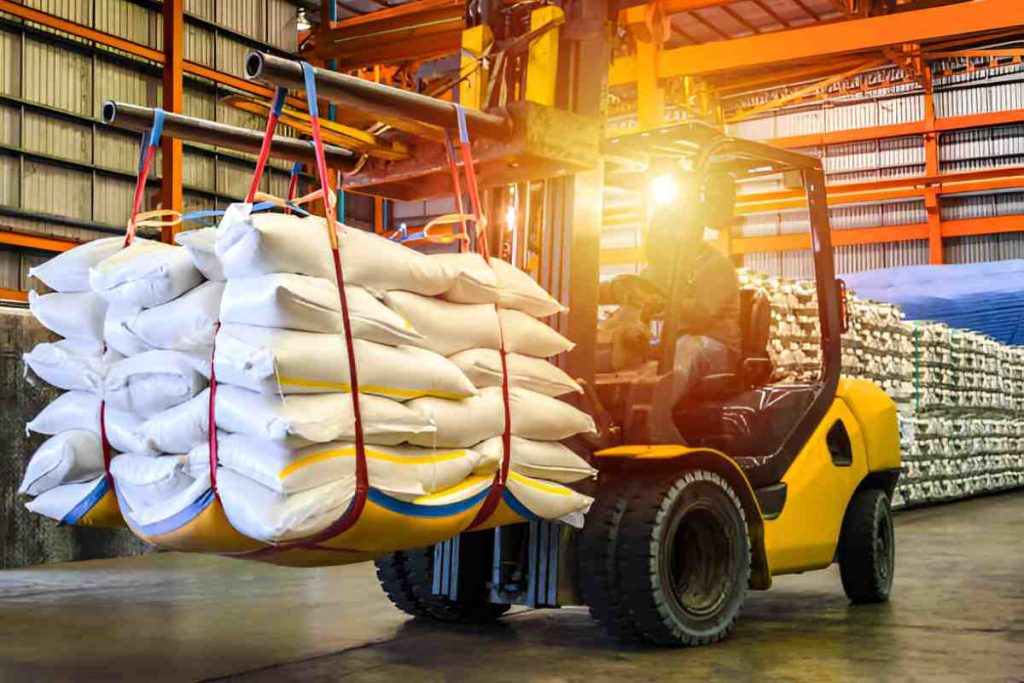Ensuring the safety of your warehouse operations is paramount, especially when it comes to material handling. Efficient material handling not only enhances productivity but also minimises the risk of accidents and injuries. In this blog, we’ll explore the top 10 best practices for material handling safety in your warehouse.
Table of Contents
1. Conduct Regular Employee Training Programs
Invest in comprehensive training programs for your warehouse staff. Ensure that employees are well-versed in the safe operation of equipment, including forklifts, pallet jacks, and conveyor systems. Regularly update training to keep up with the latest safety standards and technology.
2. Implement a Robust Inspection Schedule
Establish a routine inspection schedule for all material handling equipment. This includes checking for wear and tear, loose components, and any potential hazards. Address issues promptly to prevent business equipment failures that could lead to accidents.
3. Prioritise Ergonomics in Design
Design workstations and workflows with ergonomics in mind. This not only enhances employee comfort but also reduces the risk of musculoskeletal injuries. Consider adjustable work surfaces, proper lighting, and ergonomic lifting techniques.
4. Adequate Signage and Labels
Clearly mark aisles, exits, and potential hazards with appropriate signage. Utilise labels to indicate weight limits, proper stacking heights, and other critical information. This helps guide employees and ensures they are aware of safety protocols.
5. Regularly Maintain Warehouse Racking Systems
Warehouse racking is a fundamental component of material handling. Regularly inspect and maintain your racking systems to ensure they can withstand the load. Implement a system for reporting and addressing any damage immediately.
6. Enforce Proper Lifting Techniques
Train employees on proper lifting techniques to prevent back injuries. Emphasise the importance of using mechanical aids when handling heavy items and discourage improper lifting practices.
7. Invest in Quality Personal Protective Equipment (PPE)
Provide and enforce the use of appropriate personal protective equipment, such as gloves, safety shoes, and helmets. Ensure that equipment is well-maintained and regularly replaced when necessary.
8. Establish Clear Emergency Procedures
Develop and communicate clear emergency procedures. This includes evacuation plans, first aid stations, and protocols for handling accidents or spills. Regularly conduct drills to ensure everyone is familiar with these procedures.
9. Monitor and Control Noise Levels
Excessive noise can contribute to accidents and impact employee well-being. Implement measures to control noise levels in the warehouse, such as noise barriers, acoustic panels, or providing hearing protection.
10. Foster a Safety Culture
Create a culture of safety within your organisation. Encourage open communication about safety concerns, recognise and reward safe practices, and involve employees in the continuous improvement of safety protocols.
Conclusion
By implementing these best practices, you can create a safer and more efficient warehouse environment. Prioritising employee training, equipment maintenance, and fostering a culture of safety will not only reduce the risk of accidents but also contribute to the overall success of your warehouse operations. Remember, a safe warehouse is a productive warehouse.

